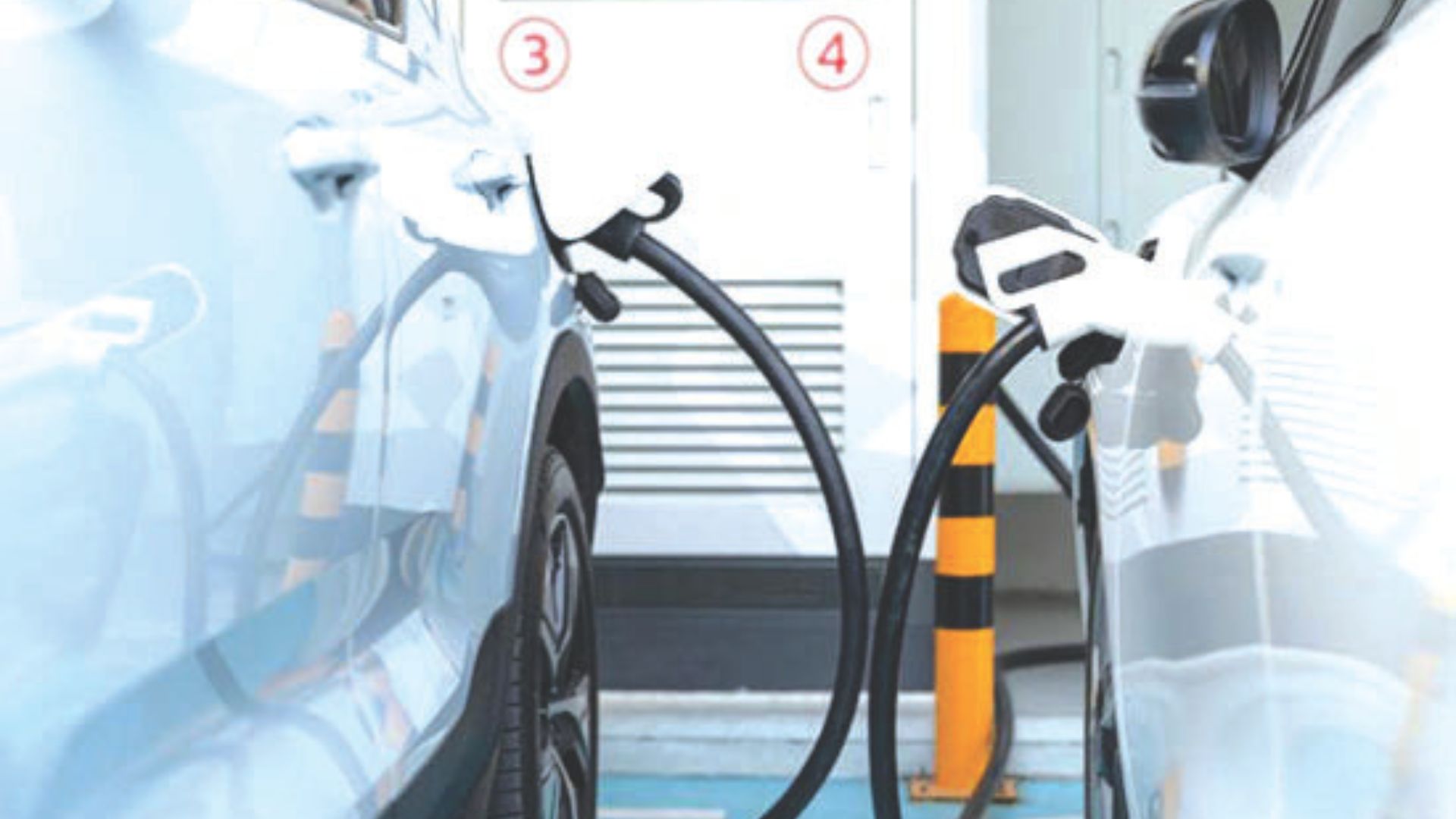New Delhi: The central government notified the PM Electric Drive subsidy scheme with an outlay of Rs10,900 crore, which will be implemented from tomorrow, October 1, 2024, till March 31, 2026.
The scheme aims to accelerate the adoption of electric vehicles (EVs) in India, focusing on electric two-wheelers (e-2Ws), electric three-wheelers (e-3Ws), electric buses, and other emerging EV categories. Background and Evolution of EV Promotion Schemes
The PM E-DRIVE Scheme follows the earlier Faster Adoption and Manufacturing of Hybrid and Electric Vehicles in India (FAME-I) and FAME-II programs. Launched in 2015, the FAME-I scheme had an initial outlay of Rs795 crore, later extended to Rs895 crore.
After a review of FAME-I, the government introduced FAME-II in 2019 with a much larger budget of Rs10,000 crore, which was later enhanced to Rs11,500 crore to extend its support for electric mobility until March 2024.
Following this, the Electric Mobility Promotion Scheme 2024 (EMPS-2024) was rolled out with a fund allocation of Rs778 crore for the period from April 1, 2024, to September 30, 2024. PM E-DRIVE subsumes the ongoing EMPS-2024, further expanding the scope and scale of the government’s electric mobility initiatives.
The PM E-DRIVE Scheme introduces an approach with three key components: demand incentives for various categories of EVs, grants for capital asset creation, and administrative provisions to support the scheme’s implementation.
Demand incentives will cover e-2Ws, e-3Ws (including registered e-rickshaws and e-carts), e-ambulances, e-trucks, and other emerging EVs.
The scheme also sets aside significant funds for the rollout of e-buses, the establishment of a robust charging infrastructure network, and the upgradation of EV testing agencies.
A major focus of the scheme is providing demand incentives to lower the acquisition cost of EVs for consumers. For FY 2024-25, the scheme proposes a demand incentive of Rs5,000 per kWh for e-2Ws and e-3Ws, which will be reduced to Rs2,500 per kWh in FY 2025-26.
These incentives aim to make EVs more affordable and drive their wider adoption across the country. The scheme also includes grants for the creation of charging infrastructure, development of e-buses, and the upgradation of EV testing facilities.
A total of Rs7,171 crore has been allocated for capital asset creation, ensuring that India builds a strong foundation for EV growth. The scheme encourages states to provide supplemental support through fiscal and non-fiscal incentives.
These may include road tax waivers, concessional toll and parking fees, and permit exemptions. The MHI has called upon states to actively participate by offering a bouquet of incentives that complement the scheme, helping to create a more favorable environment for EV adoption.
The scheme’s total outlay of Rs10,900 crore is spread over two years, with Rs5,047 crore allocated for FY 2024-25 and Rs5,853 crore for FY 2025-26.
Govt notifies PM E-DRIVE subsidy scheme with Rs10,900 cr outlay
- Advertisement -

